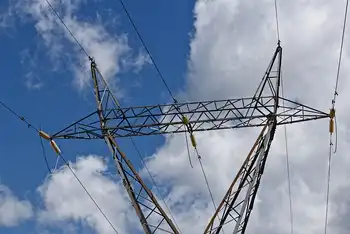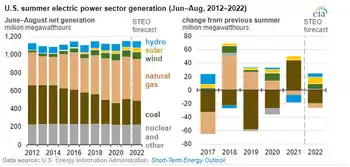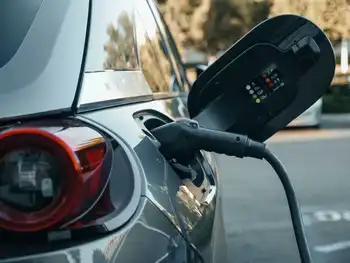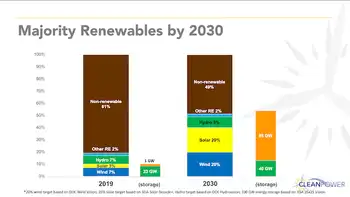Lithium-ion facility planned for Michigan
By Motor Age
Protective Relay Training - Basic
Our customized live online or in‑person group training can be delivered to your staff at your location.

- Live Online
- 12 hours Instructor-led
- Group Training Available
If A123Â’s application is approved, this program would enable the company to dramatically expand production capacity in the United States, with full production volumes designed to supply battery systems for five million hybrid vehicles or half a million plug-in electric vehicles per year by 2013.
"WeÂ’re entering an exciting new phase for the automotive industry where we increase the electrification of vehicles, reducing consumption of gasoline through advanced batteries," says David Vieau, A123Systems President and CEO. "This new facility would greatly accelerate this change and help ensure that the American economy replaces its dependence on foreign oil with reliance on advanced, homegrown batteries."
At full operation, A123 expects the combined plants would occupy as much as 7 million square feet and create more than 14,000 jobs. These plants would produce battery cells and systems to meet the needs of A123Â’s broad automotive customer portfolio, which currently includes more than seven vehicle manufacturers and 19 vehicle models ranging from HEVs (hybrid electric vehicles) to EVs (electric vehicles).
“Chrysler’s commitment to E-drive industry leadership has led us to a strategic relationship with US-based A123Systems as one of our key suppliers supporting production development of ENVI electric vehicles," says Lou Rhodes, VP of Advanced Engineering for Chrysler LLC and President of ENVI. "Chrysler strongly encourages the efforts of A123Systems to develop and mass produce energy storage systems in the United States."
"At GM, we see the development of vehicles powered by electricity as key to the transformation of our industry. And advanced battery technology, is at the heart of this transformation," says Bob Lutz, GM Vice Chairman of Global Product Development. "A123's proposal to manufacture advanced battery cells and packs right here in the United States is a positive development for our industry and the nation."
“This plant will be a showcase to our economic turnaround in Michigan. We look forward to working with A123Systems to support their growth in our state,” says Michigan State Governor, Jennifer Granholm.
“The prospect for a new advanced battery production facility in Michigan is exactly the kind of hope that our state needs as we work through a deep economic downturn," says Sen. Carl Levin, D-Mich. "Domestic production of American developed battery technology is a key step towards enabling the transformation of the automotive industry to produce greener and more efficient vehicles."











